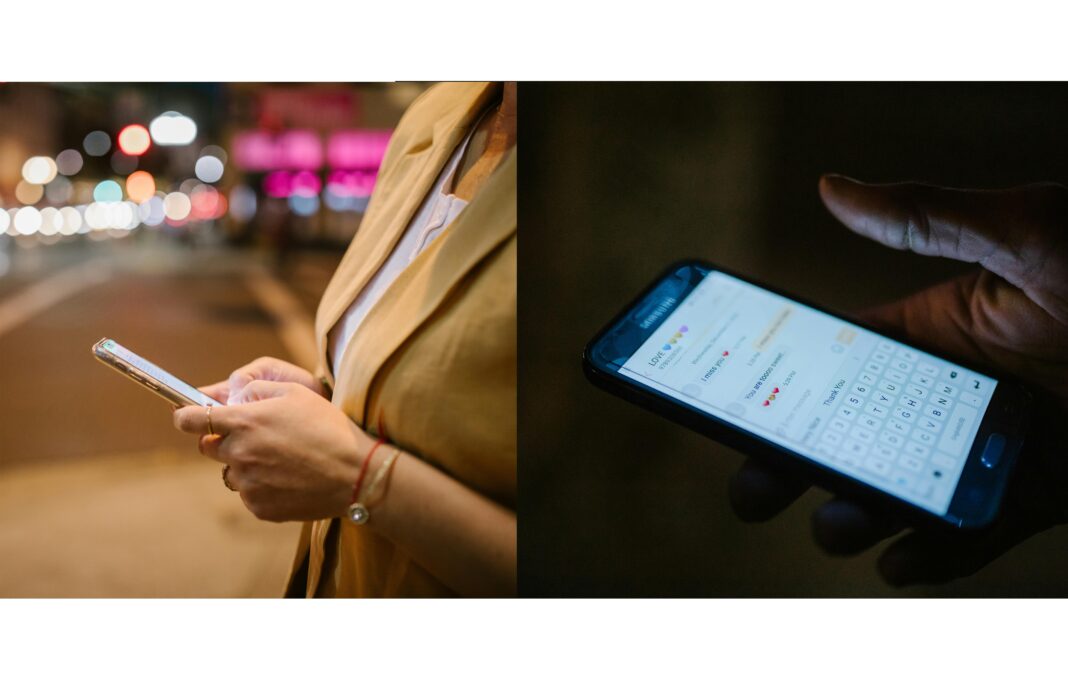For years, smartphones have been constrained by the limitations of terrestrial cellular networks. No matter how advanced 4G or 5G becomes, vast areas of the planet remain uncovered, leaving billions without reliable connectivity. Satellite technology is now breaking these barriers, promising to redefine what smartphones can do and where they can function. Unlike traditional networks that depend on ground-based towers, satellite connectivity uses orbiting spacecraft to deliver signals directly to devices, ensuring coverage in the most remote locations—from the middle of the ocean to the peaks of the Himalayas.

Major tech companies like Apple, SpaceX, and Qualcomm are leading this revolution. Apple’s iPhone 14 introduced Emergency SOS via satellite, allowing users to send distress messages even without cellular service. Meanwhile, SpaceX’s Starlink and AST SpaceMobile are working on direct-to-cell satellite networks that could eventually provide full-fledged internet access. This shift isn’t just about convenience—it’s about safety, global accessibility, and the next evolution of mobile technology.
But how exactly does satellite connectivity work in smartphones? What are the real-world benefits, and what challenges must be overcome before it becomes mainstream? This article dives deep into the mechanics, advantages, limitations, and future possibilities of satellite-enabled smartphones, providing a thorough, fact-based analysis without unnecessary hype.
How Satellite Connectivity Works in Smartphones
Satellite connectivity doesn’t replace cellular networks—it enhances them. Here’s a detailed breakdown of how this technology functions:
1. Types of Satellites Used
Smartphones primarily connect to low-earth orbit (LEO) satellites, which orbit at altitudes between 500 and 1,200 kilometers. These satellites are preferred over traditional geostationary satellites (which hover at 35,786 km) because they offer lower latency (30–50 milliseconds vs. 600+ ms) and stronger signals. Companies like SpaceX (Starlink), OneWeb, and AST SpaceMobile are deploying thousands of LEO satellites to create global networks.
2. Hardware Requirements
To communicate with satellites, smartphones need specialized components:
- Modified Antennas: Unlike cellular signals, satellite transmissions require larger or more sensitive antennas. Apple’s iPhone 14 uses a custom-designed antenna array to lock onto satellites.
- Satellite-Compatible Modems: Qualcomm’s Snapdragon Satellite (powered by the X70 modem) enables Android phones to connect to satellites. MediaTek is also developing similar chips.
- Software Optimization: Phones must efficiently switch between cellular, Wi-Fi, and satellite networks without draining excessive battery life.
3. Signal Transmission Process
When a smartphone sends a message via satellite:
- The device locates a visible satellite using GPS and onboard sensors.
- The message is transmitted via a narrowband signal (optimized for weak connections).
- The satellite relays the message to a ground station.
- The ground station forwards it to the recipient (e.g., emergency services or another phone).
Currently, most satellite connections support only text-based communication (SMS and SOS alerts) due to bandwidth limitations. However, companies like Lynk Global are testing voice and data transmission, which could become viable in the coming years.
4. Network Handoff and Hybrid Connectivity
Future smartphones will seamlessly transition between networks:
- Urban Areas: Default to 5G or Wi-Fi for high-speed data.
- Remote Areas: Switch to satellite for basic connectivity.
- Emergency Scenarios: Prioritize satellite links when terrestrial networks fail.
This hybrid approach ensures uninterrupted service, regardless of location.
Key Benefits of Satellite-Enabled Smartphones
1. True Global Coverage
Traditional cellular networks cover only about 20% of Earth’s landmass, leaving rural, maritime, and polar regions underserved. Satellite connectivity changes this by providing:
- Remote Work & Travel: Digital nomads, sailors, and researchers can stay connected from anywhere.
- Disaster Resilience: During hurricanes, earthquakes, or wars, satellite links remain operational when cell towers go down.
2. Lifesaving Emergency Features
Apple’s Emergency SOS via satellite has already been used in real-life rescues, such as:
- A stranded hiker in Alaska who sent an SOS via iPhone 14.
- A car crash victim in Nevada with no cellular reception.
Android is developing similar features, ensuring broader accessibility.
3. Reduced Dependence on Cellular Carriers
In regions with monopolistic telecom providers, satellite networks offer an alternative, potentially lowering costs and improving competition.
4. New Industry Applications
- Agriculture: Farmers in remote areas can monitor IoT sensors for soil and crop conditions.
- Shipping & Logistics: Real-time tracking of cargo ships and trucks across oceans and deserts.
- Journalism & Activism: Secure communication in censored or conflict zones.
Challenges and Limitations
1. High Costs
- Hardware Upgrades: Satellite-compatible phones are more expensive (e.g., iPhone 14’s satellite feature required significant R&D investment).
- Service Plans: While initial offerings are free (Apple’s 2-year trial), future subscriptions could cost 10–10–30/month for basic connectivity.
2. Battery and Power Consumption
Satellite communication consumes more power than cellular. For example:
- Sending an SOS via iPhone 14 drains 15–20% of the battery per message.
- Continuous satellite internet use could require larger batteries or energy-efficient breakthroughs.
3. Regulatory and Spectrum Challenges
Governments must allocate frequency bands for satellite-to-phone links. Conflicts may arise between:
- Telecom Operators: Who fear competition from satellite providers.
- Aviation & Military: Who share spectrum with satellite networks.
4. Latency and Bandwidth Constraints
While LEO satellites are faster than geostationary ones, they still lag behind 5G:
- Current Use: Only text/SOS (no streaming or video calls).
- Future Goals: Companies aim for 4G-like speeds (10–50 Mbps) within 5–10 years.
Future Outlook: What’s Next?
2024–2025: Wider Adoption
- More Android brands (Samsung, Huawei, Motorola) will integrate satellite connectivity.
- Standardization of satellite-to-phone protocols (e.g., 3GPP’s NTN standards).
2026–2030: Advanced Features
- Voice Calls & Data: Basic browsing and VoIP over satellite.
- IoT Expansion: Smartphones as hubs for satellite-connected sensors (e.g., wildlife tracking).
Beyond 2030: Full Global Coverage
- SpaceX’s Starlink plans direct smartphone broadband, competing with traditional carriers.
- Potential mesh networks where phones relay satellite signals to nearby devices.
FAQ
Q: Will satellite phones replace traditional smartphones?
A: No. Satellite features will complement cellular networks, not replace them. Most users will still rely on 5G/Wi-Fi for daily use.
Q: Can I use satellite connectivity for social media or video calls?
A: Not yet. Current tech supports only low-bandwidth messaging. High-speed satellite internet for smartphones is still in development.
Q: Is satellite communication secure from hacking?
A: Generally yes, but encryption standards are still evolving. Governments and companies are working on robust security protocols.
Q: Do all smartphones support satellite connectivity?
A: No. Currently, only select models like iPhone 14/15 and rugged Android phones (e.g., Bullitt’s CAT S75) have this feature.
Conclusion
Satellite connectivity is poised to transform smartphones from urban-centric devices into truly global tools. While challenges like cost, battery life, and regulatory hurdles remain, the potential benefits—lifesaving emergency features, universal coverage, and new industry applications—are undeniable. As technology advances, satellite-enabled smartphones could become as ubiquitous as GPS, reshaping how we communicate, work, and explore.

